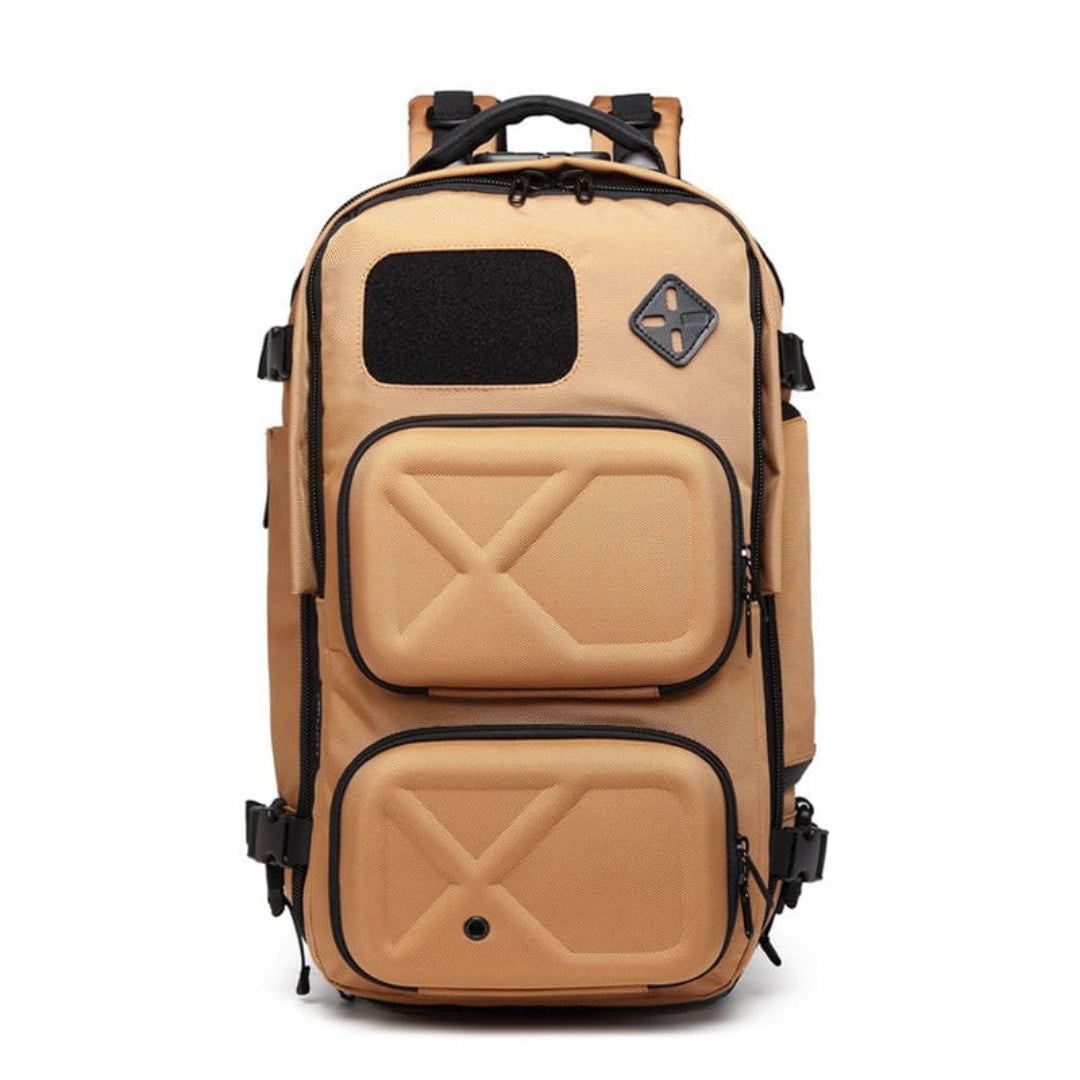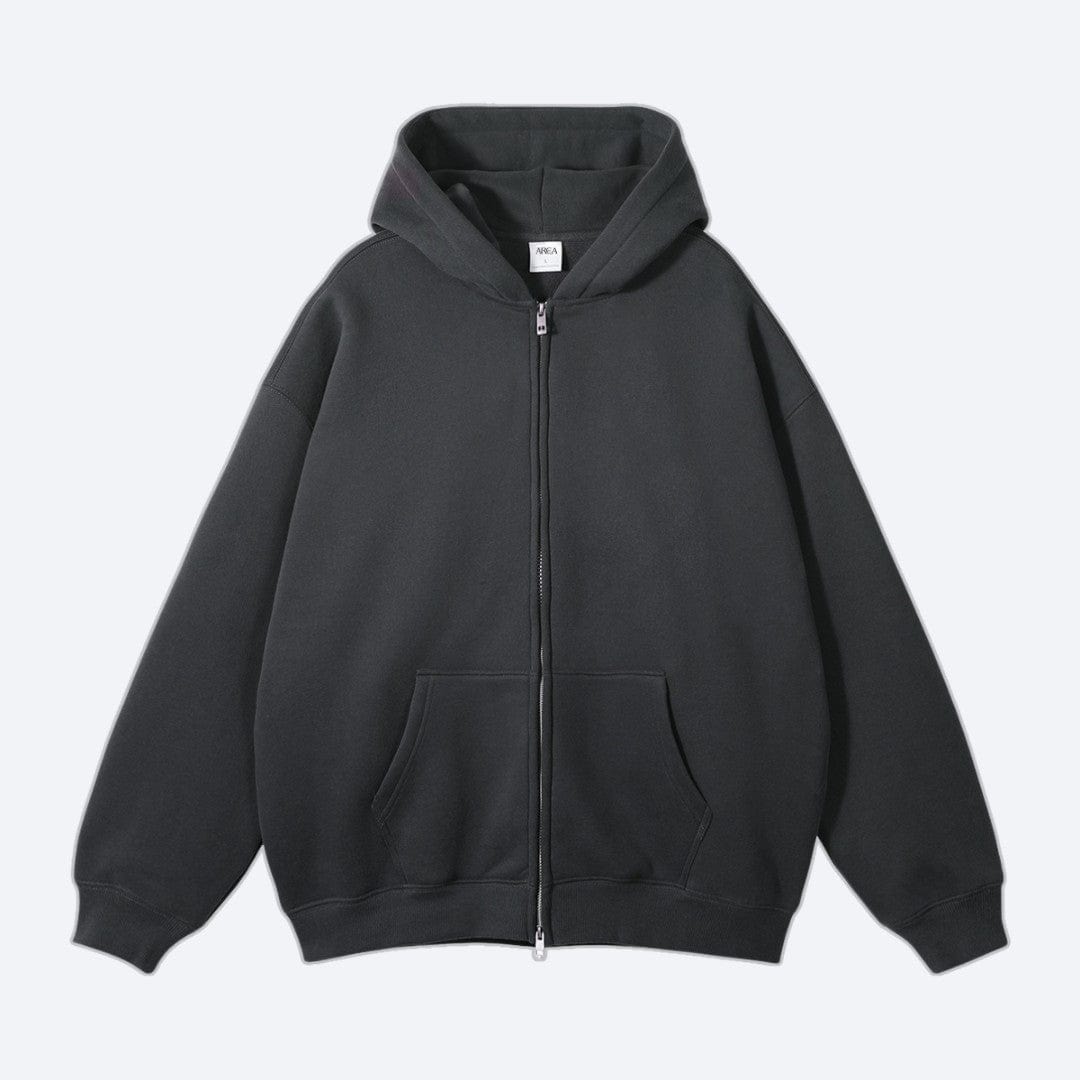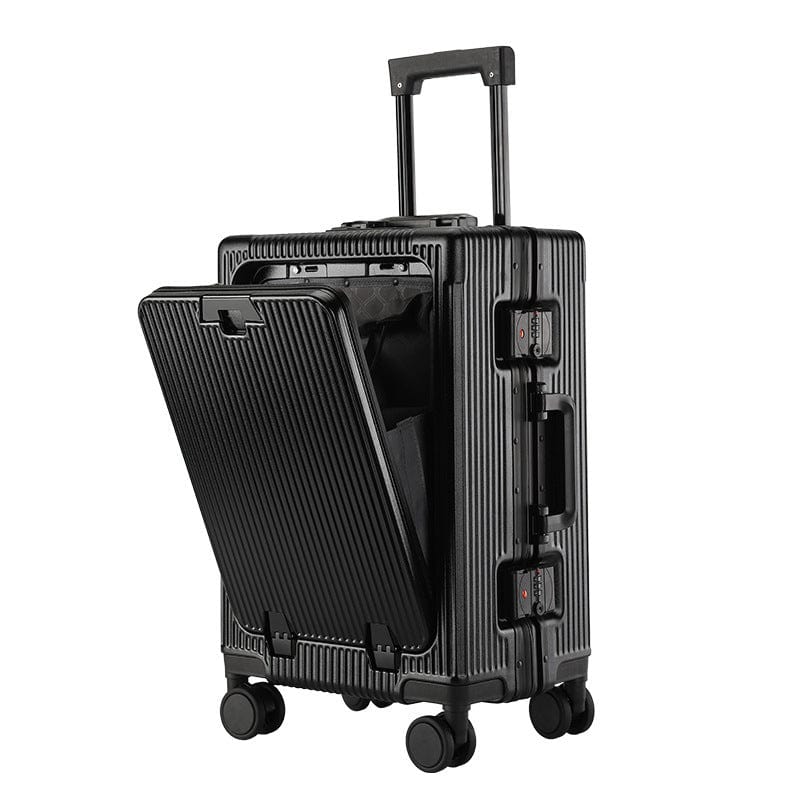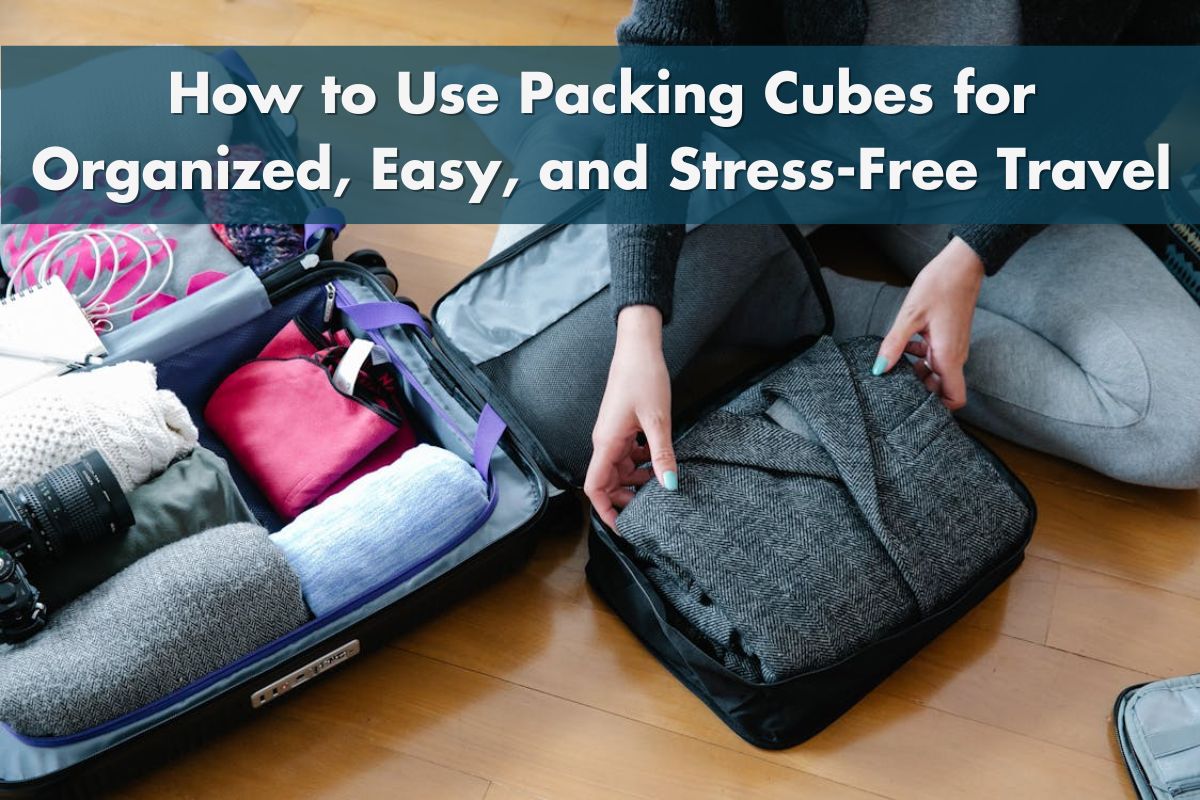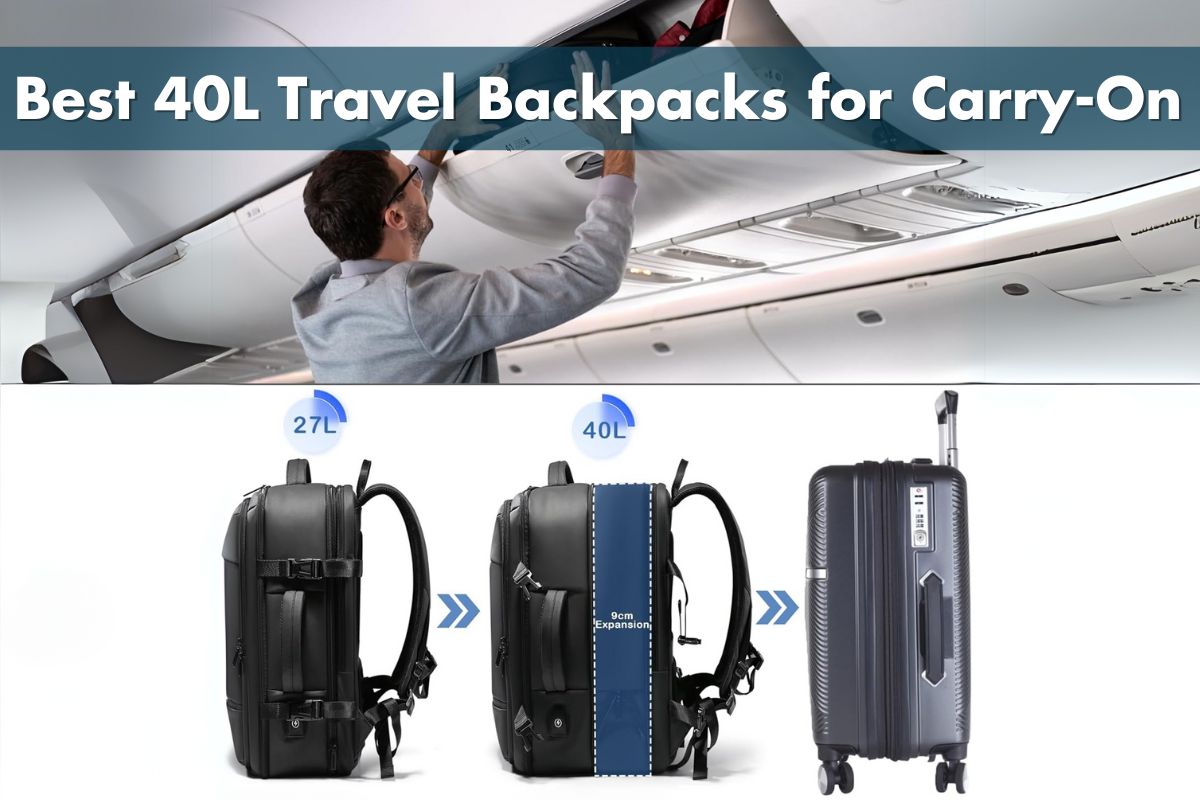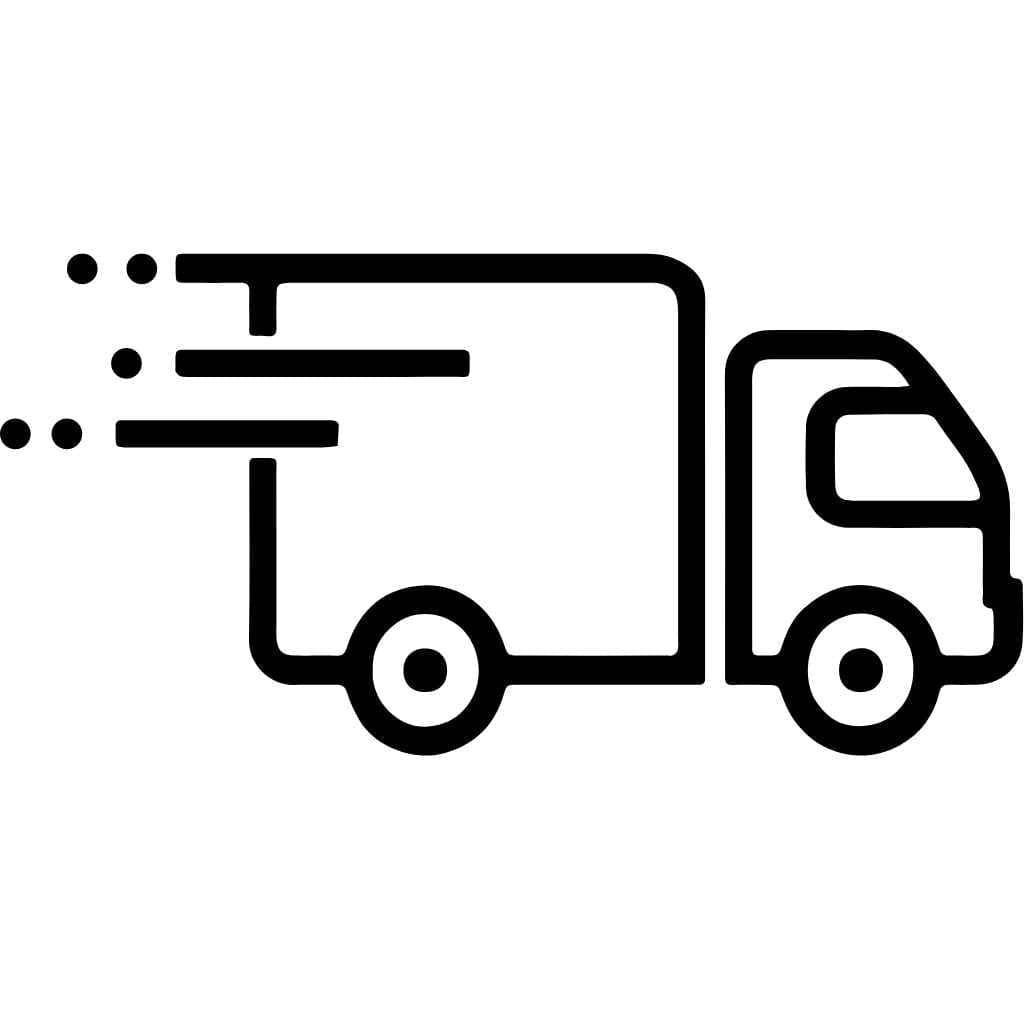Packing for a trip can feel like solving a puzzle, especially when you're trying to stay organized and maximize space. That's where packing cubes come in—they're a game-changer for anyone looking to simplify their travel routine. These handy organizers not only keep your suitcase neat but also make it easier to find exactly what you need without digging through a chaotic mess.
How to use packing cubes
Efficient folding saves space in packing cubes. Rolling works well for most clothing items, but for bulkier pieces, folding using the KonMari method increases space. Avoid overstuffing each cube to maintain its shape and functionality.
Categorizing items simplifies organization. Assign each cube a specific category, such as tops, underwear, or socks. For short trips, group essentials by outfits—daytime clothes in one cube and evening wear in another. This method makes accessing items during travel far easier.
Using packing cubes as laundry solutions reduces unpacking time. Dedicate one cube as a laundry bag for dirty clothes. At home, drop the laundry cube directly into your hamper, keeping clean and unworn clothes separate.
Layering and compartments improve suitcase organization. Stack the cubes neatly to fit your luggage layout, assigning smaller spaces to compact cubes for toiletries or shoes. This method eliminates rummaging and keeps the suitcase orderly while traveling.
-> Best Men's Toiletry Bags for Travel, Gym, and Daily Use | Top Picks for 2025. Click Here
1. Categorize each cube
Organize packing cubes based on item categories to maximize efficiency. Use separate cubes for clothing types like shirts, pants, and underwear. Dedicate one for accessories such as belts, scarves, and ties. Assign a cube solely for toiletries and bathroom essentials, ensuring leak prevention with resealable bags.
Group items by travel needs for better access. Pack casual wear together for sightseeing, activewear for workouts or hikes, and formal attire for events. If traveling to multiple climates, divide clothing by weather type to simplify unpacking.
Label or color-code cubes for quick identification. Mark contents with tags or stickers if cubes aren't transparent. Doing so minimizes the time spent searching for specific items during the trip.
2. Experiment with the number of cubes you use
I focus on the length of my trip and the type of items I need when deciding how many packing cubes to use. A weekend getaway might require just two or three cubes, while a longer trip often benefits from five or more. For example, I use one cube for tops, one for bottoms, a third for undergarments, and additional ones for toiletries or specialty items.
I consider the suitcase size before selecting my cubes. In a carry-on, three medium-sized cubes might fit well, but larger suitcases can accommodate extra cubes or larger sizes. I adjust the configuration to fit the suitcase dimensions effectively, ensuring no wasted space.
I switch up my cube count depending on the activities planned. For a business trip, I include dedicated cubes for formalwear and accessories. On vacations involving outdoor adventures, I add cubes for activewear, swimwear, or gear like gloves and hats. This approach keeps my essentials within reach without overpacking unnecessary items.
4. Mindfully fold or roll your clothes
Efficiently folding or rolling clothes maximizes space in packing cubes while ensuring organization. I fold heavier items like jeans and sweaters into their smallest possible size, stacking them upright to keep everything visible. For lighter garments like T-shirts, I roll them tightly from the bottom up to minimize wrinkles. Rolling is also great for maximizing the use of packing cube space by compressing softer fabrics.
When folding T-shirts, I place them face down, fold the arms inward slightly narrower than the cube's width, and then roll upward. This ensures a snug fit and avoids wasting space. If space allows, I organize clothing by folding like a stack of books, which works well for maintaining structure and neatness.
For an added trick, belts can wrap around the perimeter of a packing cube to reinforce its shape. This is especially useful when packing lightweight materials. By combining rolling and folding, I create a system that balances compression with visibility, making the packed contents easy to access during travel.
6. Determine what doesn't need a cube
Some items don't require the organization or protection that packing cubes provide. I focus on keeping these items separate to optimize both space and cube usage.
Shoes
Shoes are bulky and can be packed in shoe bags or the bottom compartment of the suitcase. These eliminate the need to store them in cubes, saving them for smaller, flexible items.
Bulky Outerwear
Jackets, coats, and other large outerwear take up considerable space. I prefer folding or rolling these separately and placing them in a compression bag or flat along the suitcase edges.
Toiletries in Non-Leakproof Bags
Liquid toiletries should go in leakproof or TSA-approved toiletry bags. Leaving these out of cubes prevents spills from damaging clothing.
Portable Electronics
Devices like chargers, power banks, and cameras are better stored in dedicated gadget organizers. These protect electronics from damage and keep them accessible rather than mixed into cubes.
Books or Travel Guides
Heavy and inflexible, books are difficult to fit into cubes. I usually place them flat at the base of my suitcase or in an external pocket for easy access.
Snacks
Food items, especially those prone to crumbling, are best packed in resealable bags or airtight containers. This ensures cleanliness and avoids compromising the structural integrity of packing cubes.
By avoiding packing cubes for these categories, I maintain cube efficiency while ensuring organization and easy access to essential travel items.
7. Avoid overstuffing each cube
Overstuffing a packing cube compromises its efficiency and can damage its structure. Each cube functions best when it's filled to capacity without becoming overly tight. Excessive pressure on zippers or materials makes it harder to close cubes and risks tearing during transit.
I always ensure items fit snugly inside without overfilling. For example, when packing sweaters or jeans, I fold or roll them tightly to maximize space while maintaining flexibility. Overpacking causes wrinkles and leaves no room for minor adjustments, such as adding last-minute items or shifting cubes within the suitcase.
Using compression cubes effectively involves securing the regular zipper first, then gently compressing the cube with the secondary zipper. This avoids damaging the material or distorting the cube's shape. By leaving a small allowance for flexibility, I can reposition the cube or fill suitcase gaps without forcing anything.
Different Types of Packing Cubes
Packing cubes come in various designs to suit different preferences and travel needs. Understanding the types available helps in selecting the right ones for effective packing.
Classic Packing Cubes
Classic packing cubes are rectangular and versatile. They fit snugly in most suitcases and come in multiple sizes, allowing you to organize clothing, accessories, and electronics efficiently. I often use these for organizing clothes like shirts, pants, and undergarments since their mesh tops provide quick visibility of contents without opening the cube.
Compression Packing Cubes
Compression cubes have an extra zipper layer that minimizes their size by pressing the contents down. They're ideal for maximizing luggage capacity on longer trips. I find these especially helpful for bulky items like sweaters and jackets, though careful packing avoids excessive wrinkles caused by over-compression.
Waterproof Packing Cubes
Waterproof cubes use water-resistant materials to keep items dry. These are great for carrying liquids, wet swimsuits, or damp clothes without impacting other items in the suitcase. I save these for return journeys when I can’t always dry items fully.
Antimicrobial Packing Cubes
Antimicrobial cubes combat the spread of germs. They're excellent for extended trips where hygiene is critical, such as storing dirty laundry or gym clothes. I prefer these when I know fresh washing facilities might be limited during my travels.
Specialty Packing Cubes
Innovative options like tube-shaped, square, or tech-specific cubes cater to unique packing needs. For trips requiring delicate clothing or gadgets, I rely on these non-standard shapes for extra protection and easy organization.
5. Stack strategically
Packing cubes are a game-changer for anyone looking to simplify their travel routine. By using them effectively and tailoring your approach to your trip’s needs, you’ll stay organized, save space, and make unpacking a breeze. Whether it’s a weekend getaway or a multi-climate adventure, packing cubes offer the flexibility to customize your packing process while keeping essentials easily accessible.
Experimenting with different techniques and cube types ensures you’ll find the perfect system for your travel style. With a little planning, packing cubes transform the often stressful task of packing into a streamlined, stress-free experience, letting you focus on enjoying your journey.
Frequently Asked Questions
What are packing cubes, and why should I use them?
Packing cubes are lightweight fabric organizers with zippered compartments, designed to categorize and compress your clothing and travel items. They keep your suitcase tidy, save space, and make locating items easier, which simplifies your travel experience.
How do packing cubes save space in my suitcase?
Packing cubes encourage efficient folding methods, such as rolling or the KonMari technique. By compressing clothing within the cubes, they maximize suitcase capacity and reduce wasted space.
Can packing cubes prevent wrinkles in clothes?
Yes! Rolling or folding clothes properly before placing them in packing cubes minimizes wrinkles. The compact organization also prevents shifting during transit, which helps keep clothes smoother.
How many packing cubes do I need for a trip?
It depends on the trip duration and your packing style. A weekend trip may require 2-3 cubes, while a longer vacation often needs 4-6 cubes. Adjust based on your suitcase size and items.
Should I use one cube for laundry?
Yes, dedicating one packing cube as a laundry bag keeps dirty clothes separate from clean ones, making unpacking more straightforward and organized.
Are packing cubes suitable for all types of items?
No, certain items like shoes, bulky outerwear, non-leakproof toiletries, books, and electronics are best packed separately to optimize space and ensure protection.
Can I overstuff my packing cubes?
Overstuffing can damage the cube structure and cause wrinkles. It's best to fill them snugly without making them overly tight for optimal efficiency.
What’s the best way to pack clothes in a cube?
For heavier items like jeans, fold and stack them upright. For lighter garments like T-shirts, tightly roll them to maximize space and prevent creases.
Are compression packing cubes better than regular ones?
Compression packing cubes reduce the size of your packed items further, maximizing space in your luggage. They’re ideal for longer trips or bulky clothing but may require careful organization.
How do I organize items within packing cubes?
Group items by category—clothing types (e.g., tops, pants), activities (e.g., casual, activewear), or weather conditions (e.g., warm or cold outfits). Use labels or color codes for easier identification.
What are the most common types of packing cubes?
Popular options include classic cubes for versatile use, compression cubes to save space, waterproof cubes for moisture protection, antimicrobial cubes for hygiene, and specialty cubes for delicate items.
Can I use packing cubes for short trips?
Yes! Packing cubes work well for shorter trips by keeping your luggage neat and organized, even with fewer items. Use fewer cubes tailored to your exact needs.
How do I pack non-clothing items like toiletries with cubes?
Only pack toiletries in leak-proof bags inside packing cubes. Otherwise, pack them separately to avoid spills or damage to your clothes and other essentials.
Can packing cubes make my luggage heavier?
Packing cubes themselves are lightweight and won’t add significant weight. However, their organization might encourage overpacking, so plan your items mindfully!
How can I clean my packing cubes?
Most packing cubes are machine-washable or can be hand-washed. Check the manufacturer’s instructions for specific care details to ensure their longevity.


